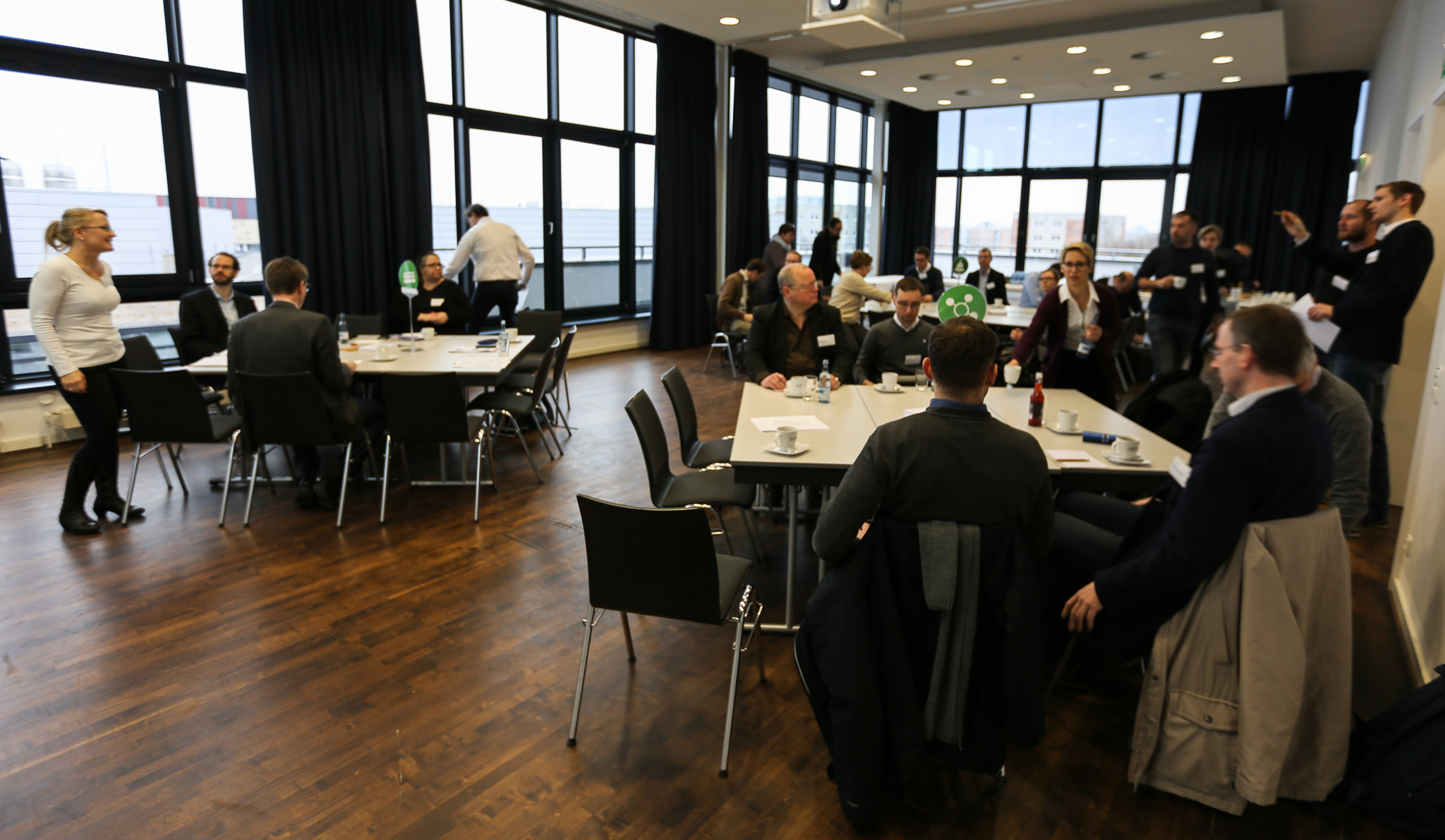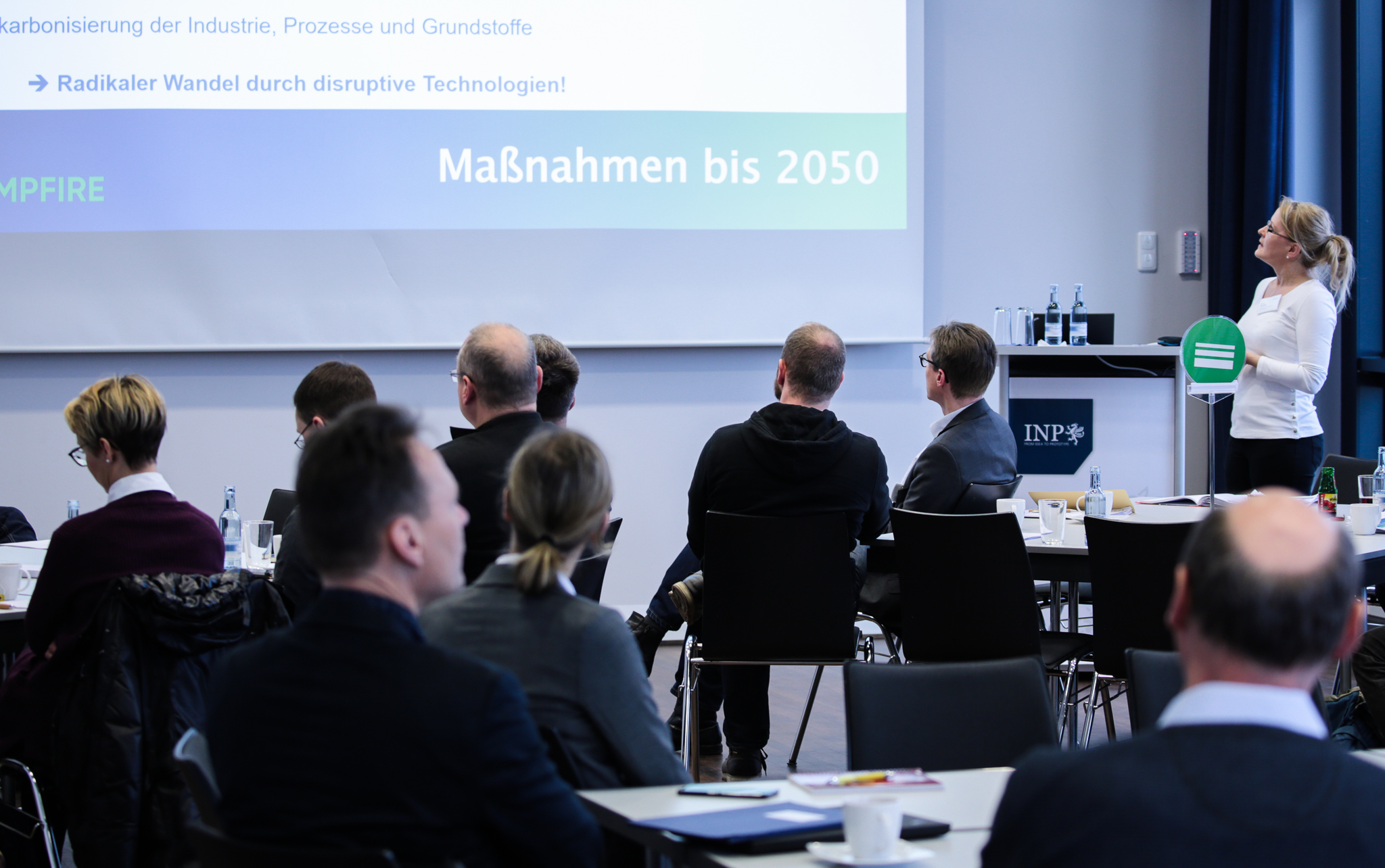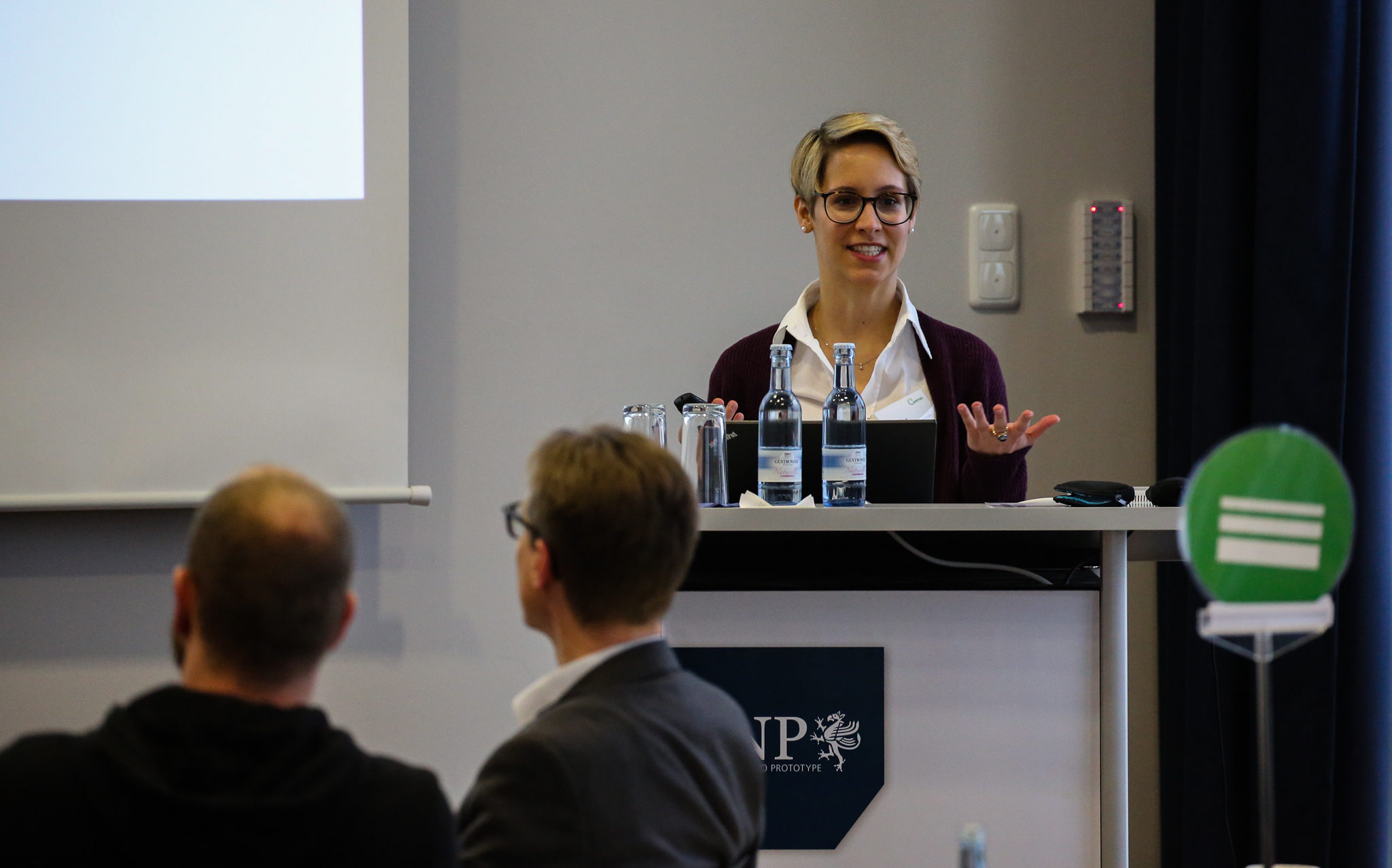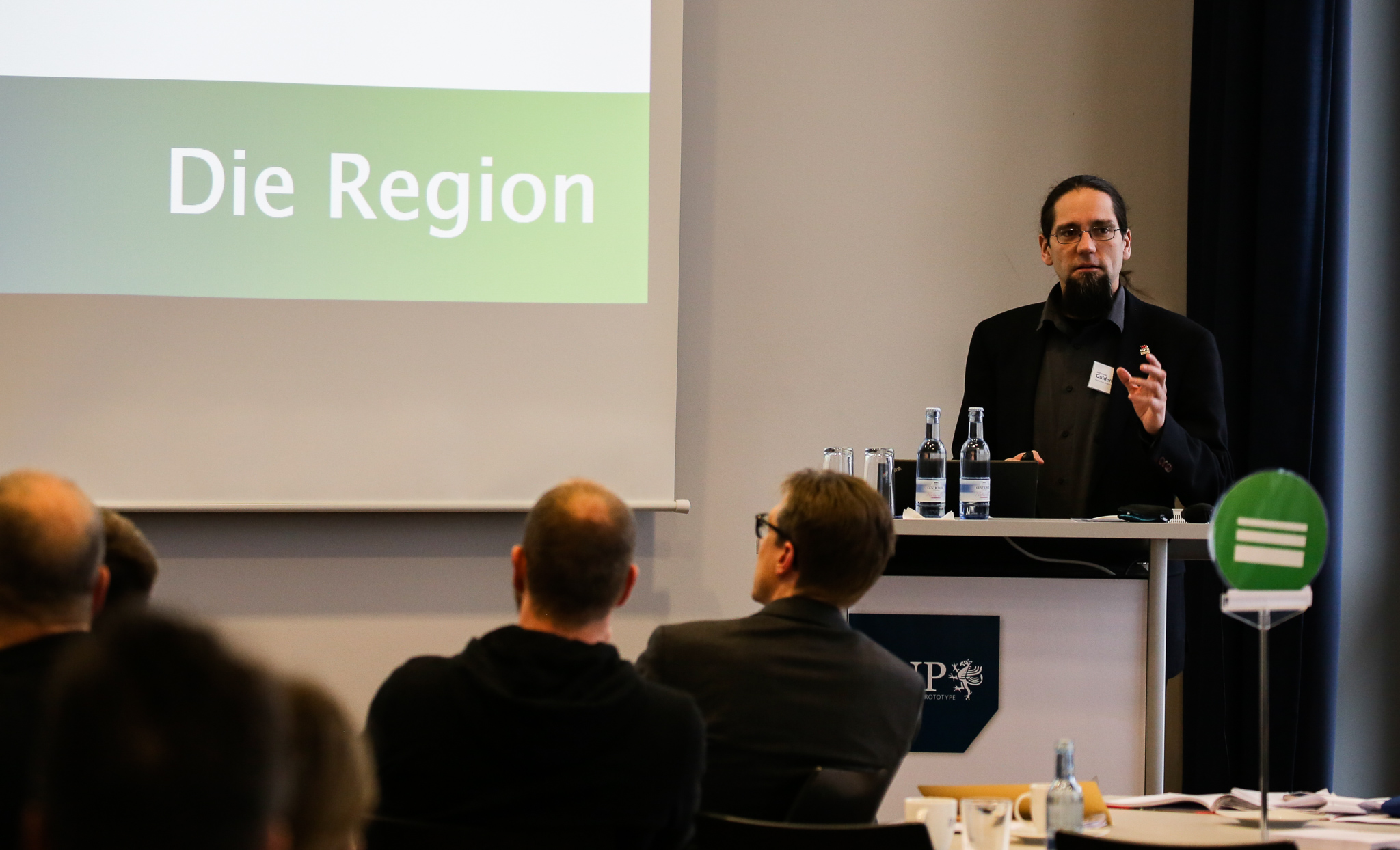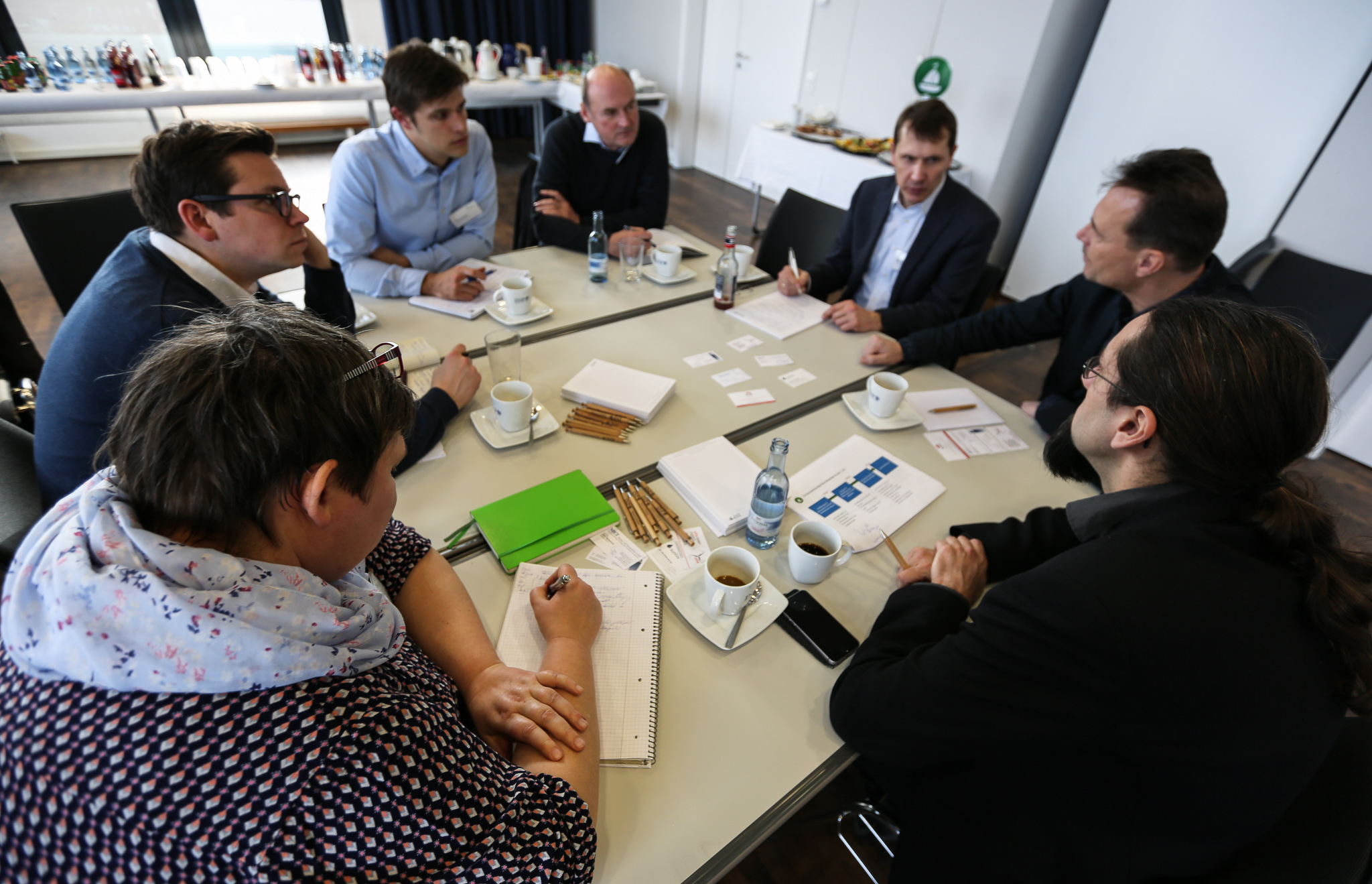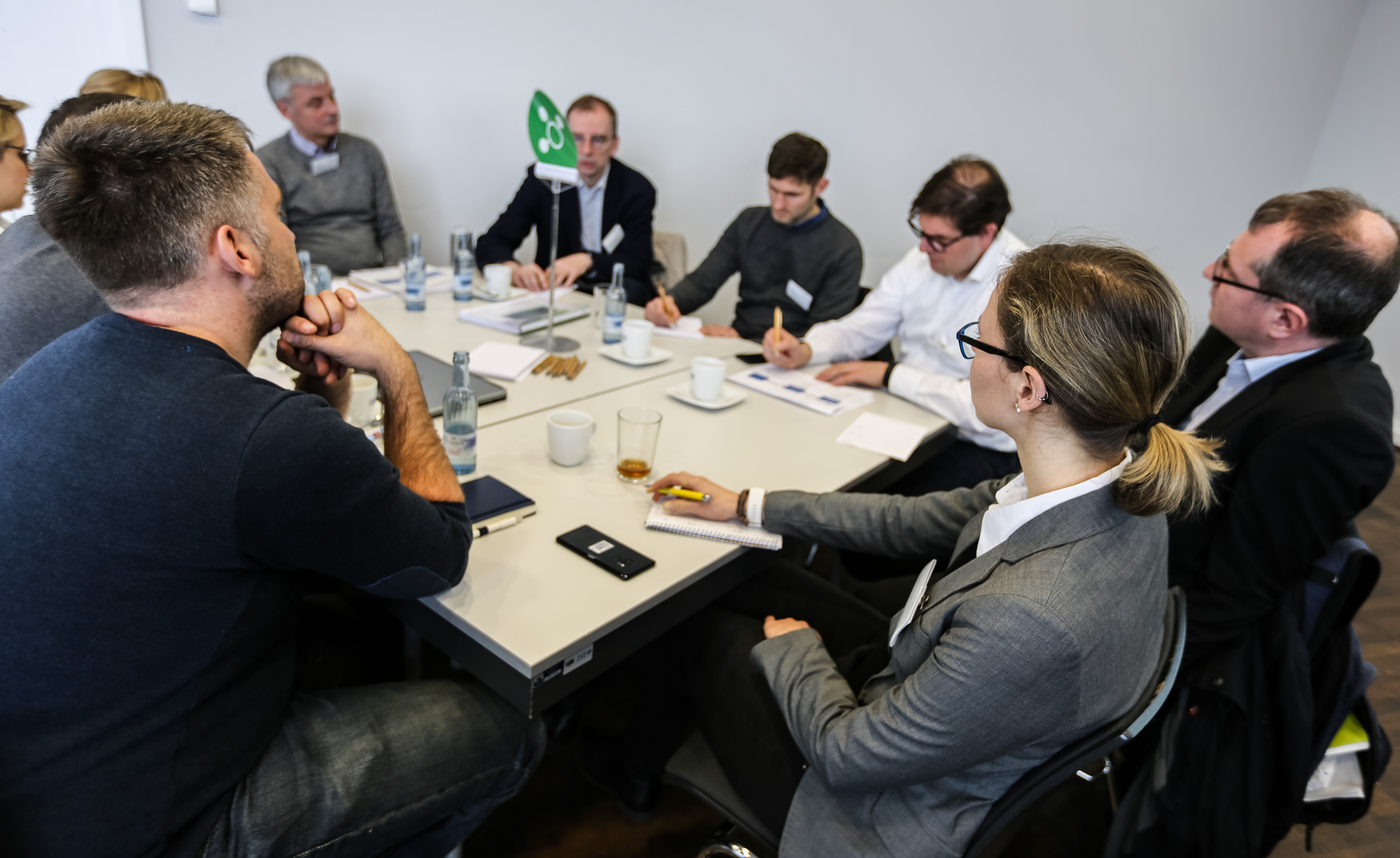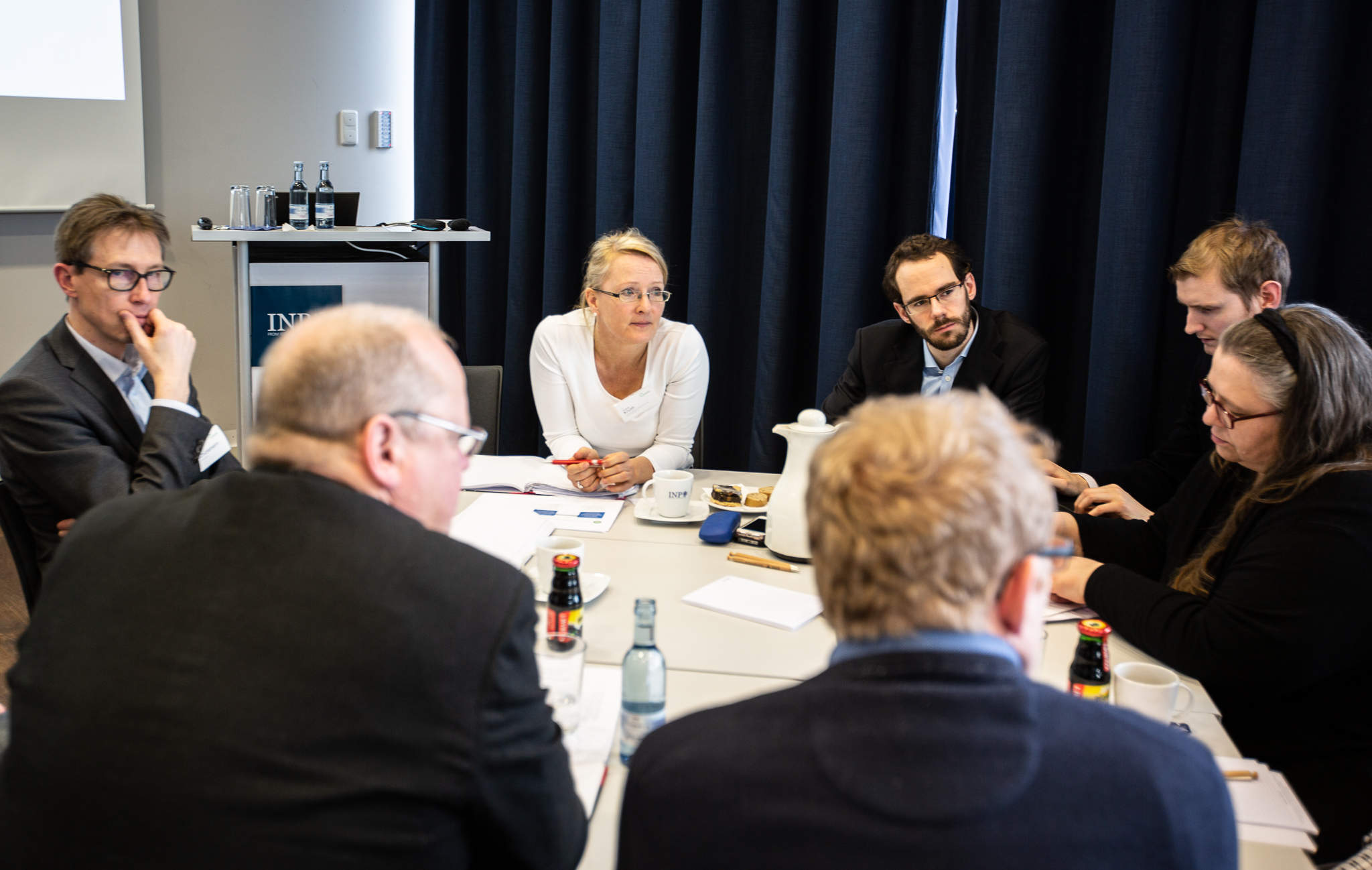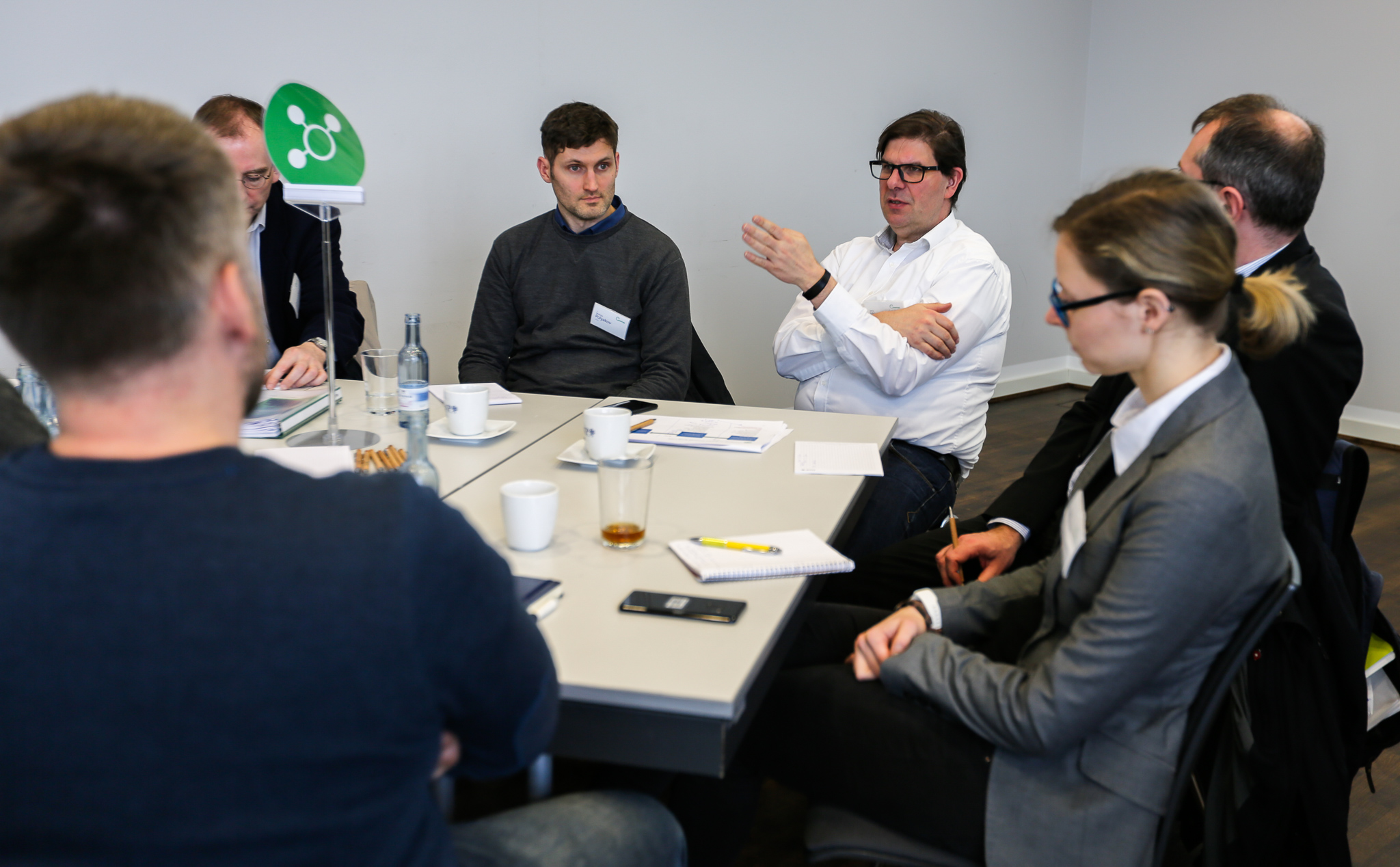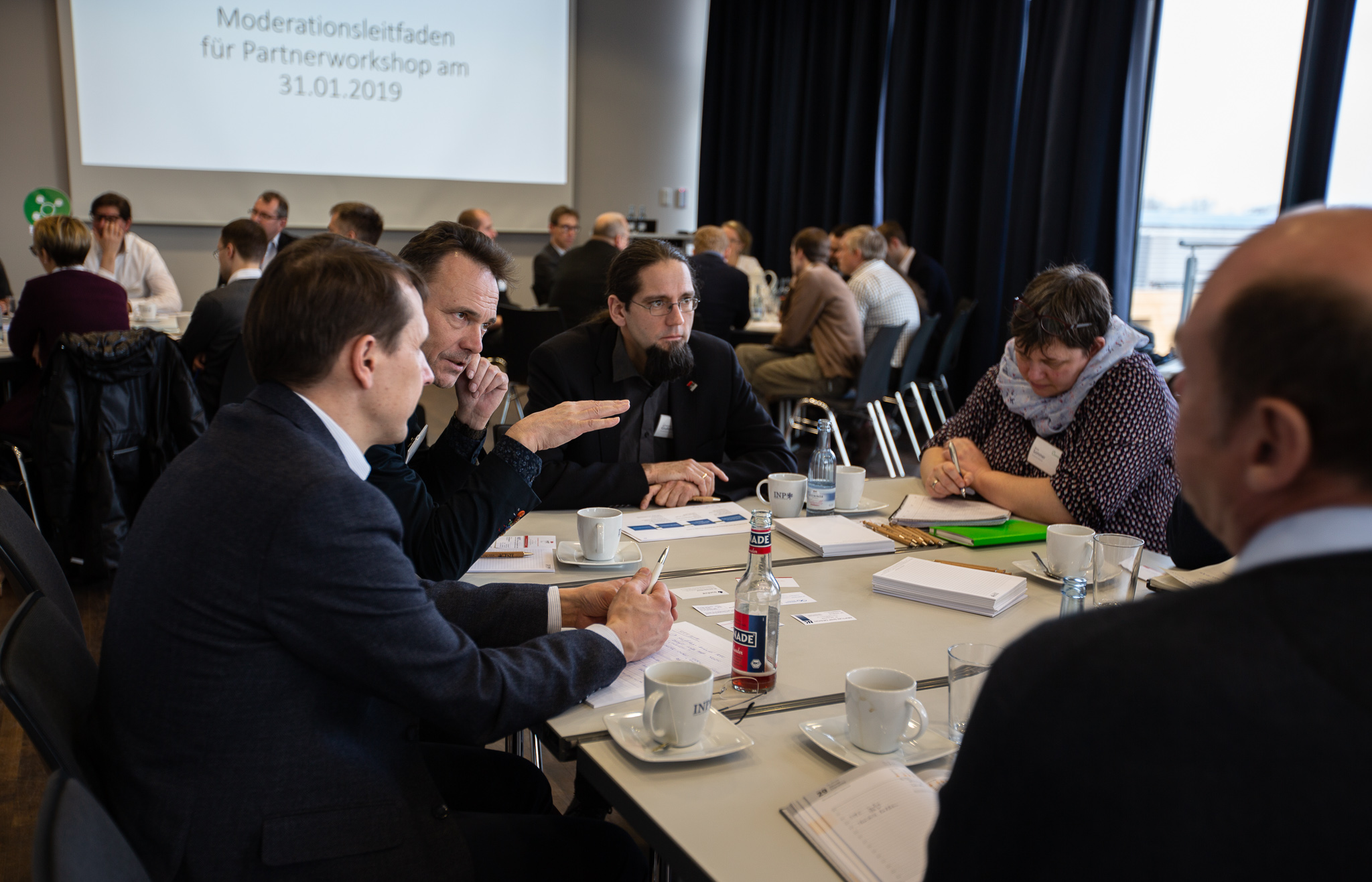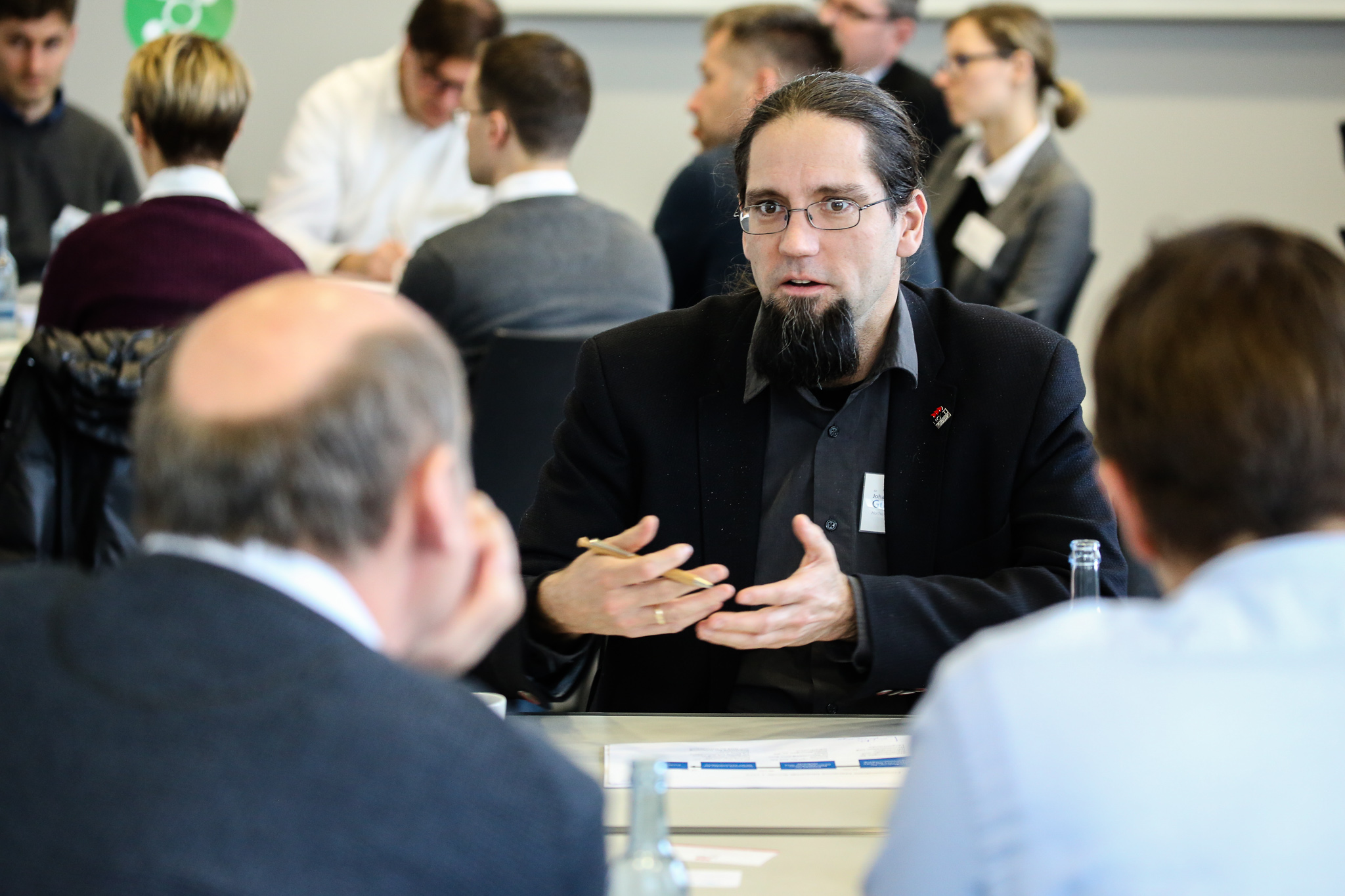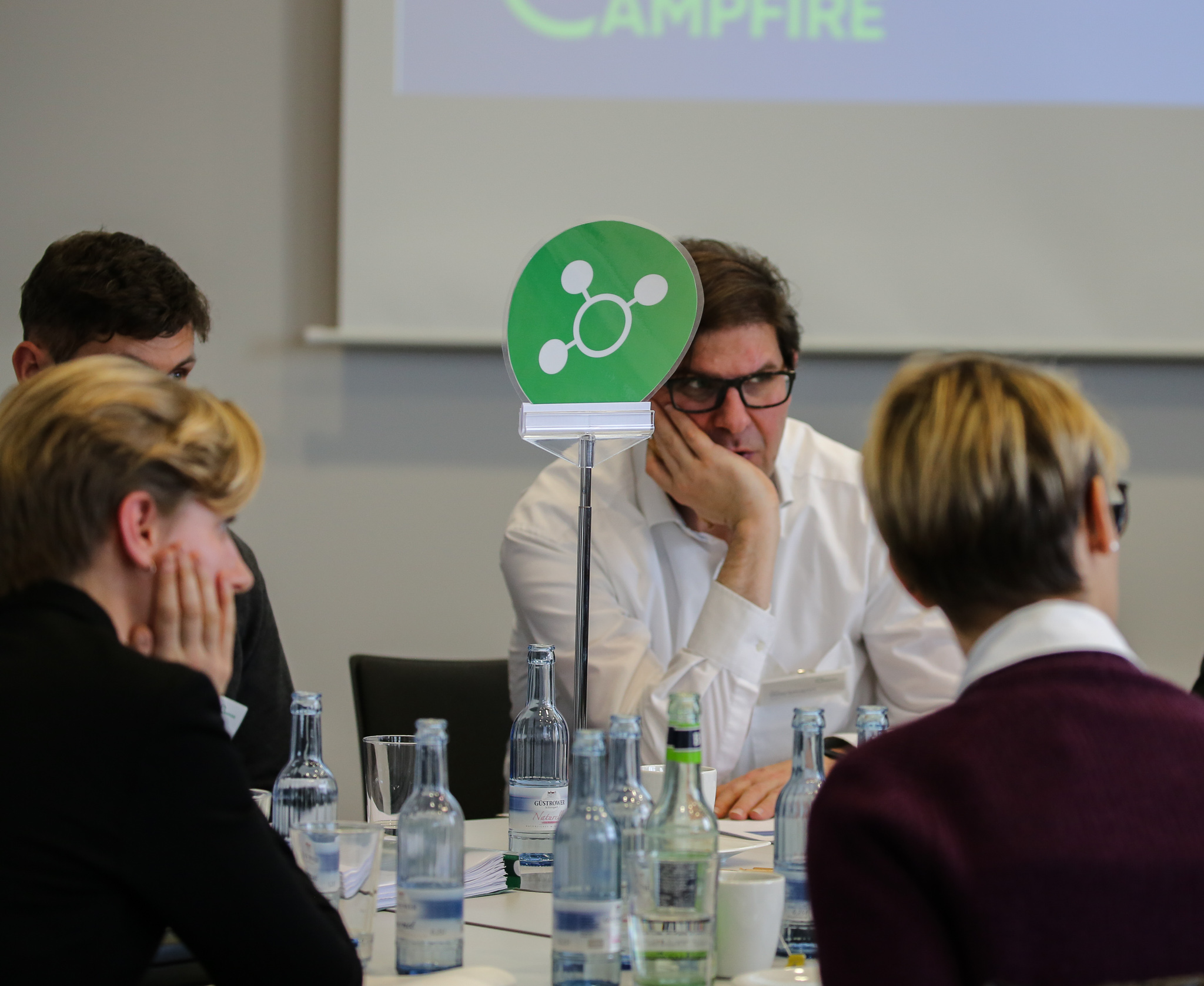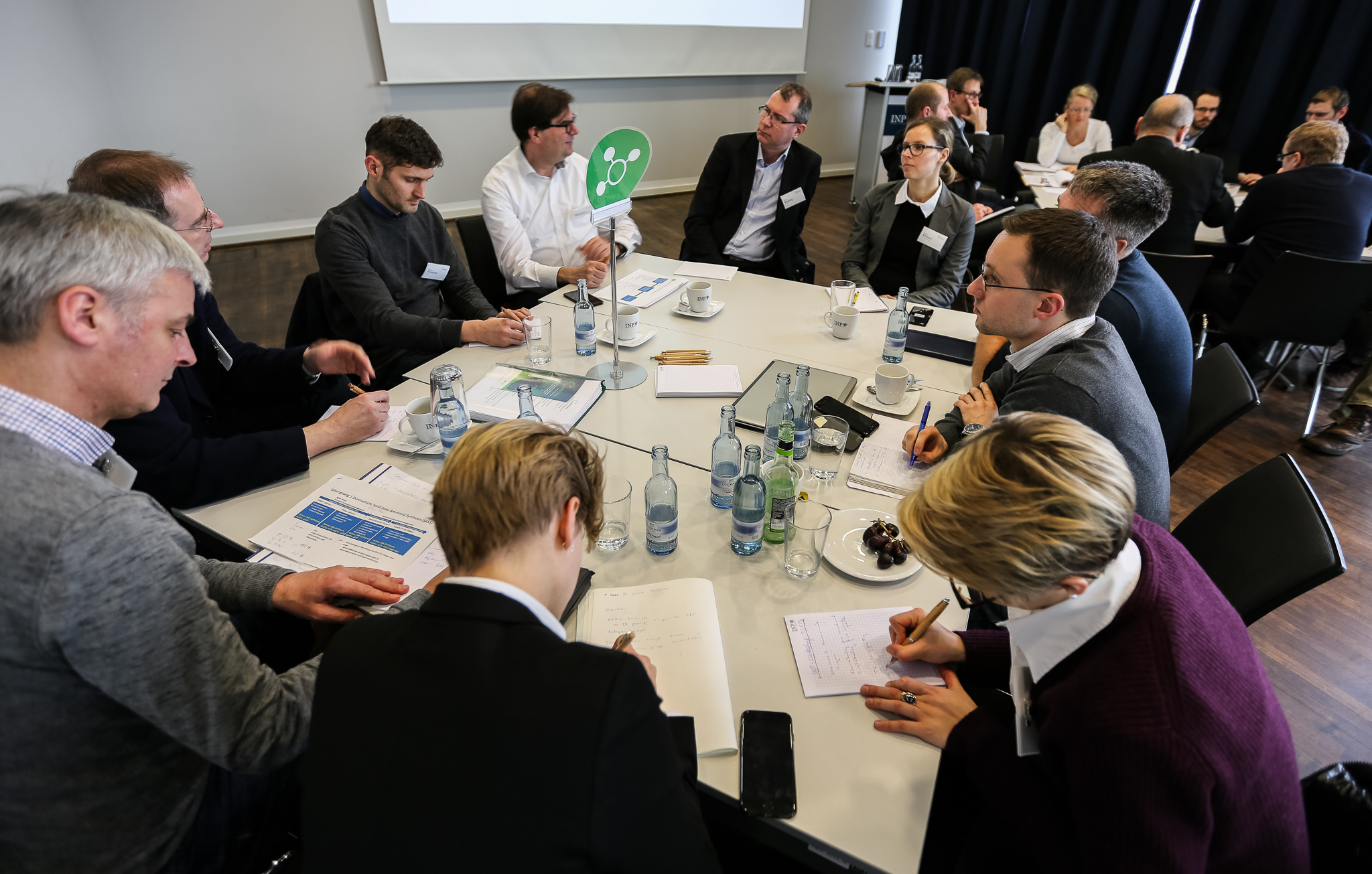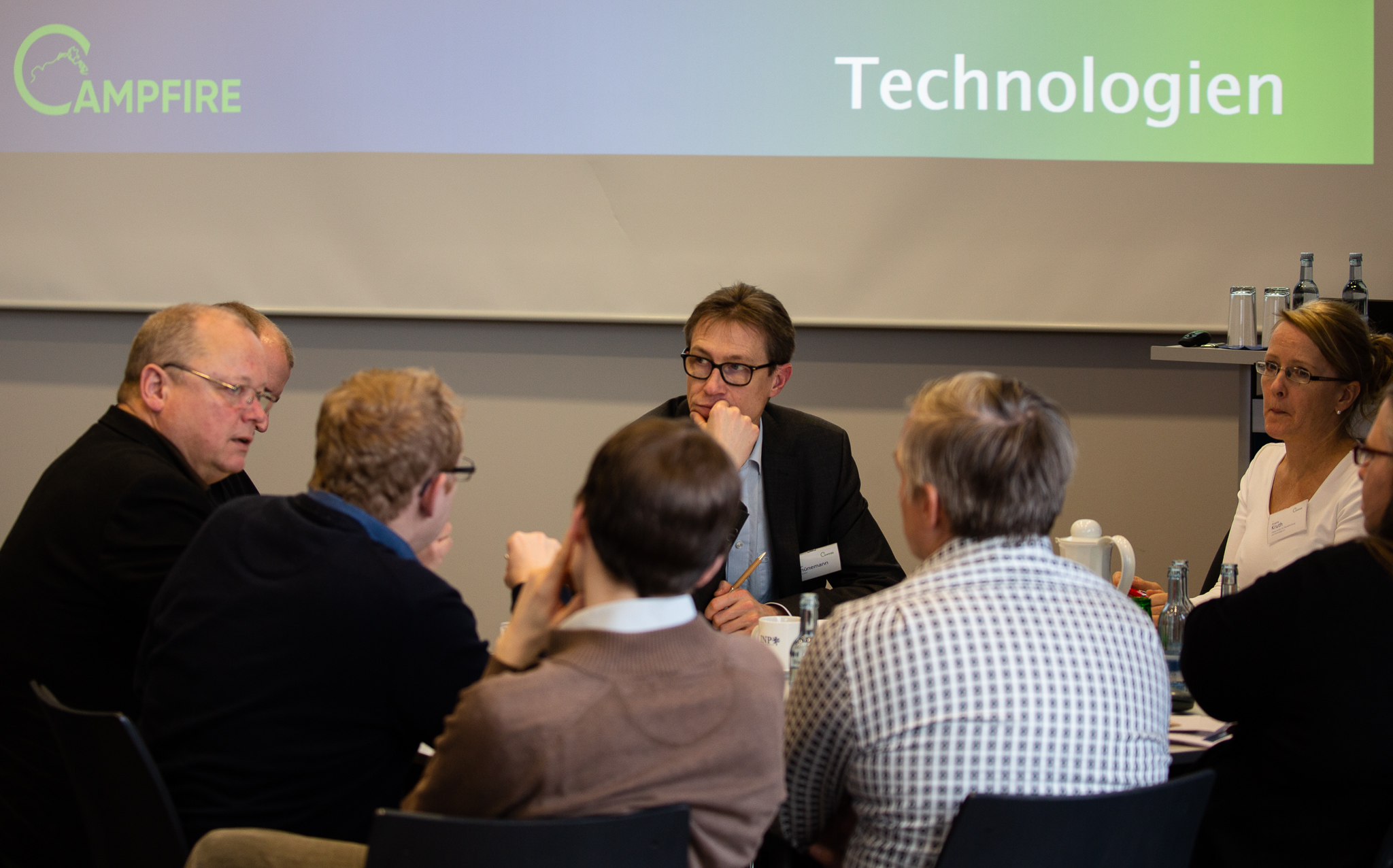Research consortium wants to lay the foundation for zero-emission mobility
The CAMPFIRE consortium, which includes experts from research, industry and politics, aims to develop technical solutions for zero-emission marine mobility in the near future, which could become a core element of the economy in Mecklenburg-Western Pomerania. At a workshop held today, 31 January, at the Leibniz Institute for Plasma Science and Technology (INP), the experts discussed the strategy for the project’s practical implementation.
Greifswald, 31 January 2019. It is a clear vision for the economic future of Mecklenburg-Western Pomerania: local use of electricity generated from renewable energy sources could increase significantly and serve as a fuel for new technologies. Based on a comprehensive concept developed with input from 30 project partners from research, industry and politics, the CAMPFIRE consortium, which was founded over a year ago, aims to effect a structural change in the region of Northeast region. CAMPFIRE combines the know-how of various research institutes and companies from the energy sector, the maritime economy and the fertiliser industry. The central element of the concept is the production of green ammonia and its utilisation for both emission-free ship propulsion and sustainable fertiliser production. Experts already consider this raw material, which can be produced from locally generated wind or solar power, water and air, as the ‘crude oil of the future’.
But the energy conversion processes in ammonia production will become economically viable only with the integration of novel electroceramic nanolayers. CAMPFIRE aims to achieve this technological breakthrough within a five-year implementation phase. The consortium has applied for funding from the WIR! – Wandel durch Innovation in der Region programme of the Federal Ministry of Education and Research (BMBF). In addition to INP, project coordinators include the Institute for Climate Protection, Energy and Mobility (IKEM) and the University of Applied Sciences Stralsund (HOST).
Western Pomerania’s state secretary, Patrick Dahlemann (SPD), underlines the importance of the CAMPFIRE project for the region: ‘Here in Western Pomerania, this is a groundbreaking project that will have ripple effects across the state and can jumpstart new economic activity. For Mecklenburg-Western Pomerania, there is a great opportunity to combine two important fields: the energy sector and the maritime economy. Zero-emission shipping will also protect our country’s most important natural treasure: the Baltic Sea.’
Dr. Donald Höpfner, managing director of the Rostock branch of the fertiliser producer YARA, says: ‘Together with our consortium partners, we want to develop new technical solutions for the production of green ammonia at the Rostock site. This approach will not only protect the environment; it will also strengthen the regional economy.’ Until now, ammonia has had to be imported mainly by sea.
CAMPFIRE project manager Dr Angela Kruth has a positive outlook on the project’s development so far: ‘The consortium has grown steadily, and we have gotten an overwhelming response from the business community.’ There is currently international interest in the potential of ammonia-based innovations. For example, the chemical combination of nitrogen and hydrogen can already power ultra-modern vehicle engines and turbines. In other model projects, ammonia has been used to secure the energy supply in remote areas. Because it can serve as an excellent energy storage medium, ammonia also represents an intermediate step in the utilisation of hydrogen. If it were possible to develop small-scale production processes for ammonia on the basis of new electroceramic components that could be connected directly to wind farms, this would be the breakthrough, the INP researcher notes. ‘But as things stand now, further research is necessary to tailor vehicles, energy systems, legal framework conditions and safety concepts to the new energy source. We will also need to increase public acceptance of ammonia.’

